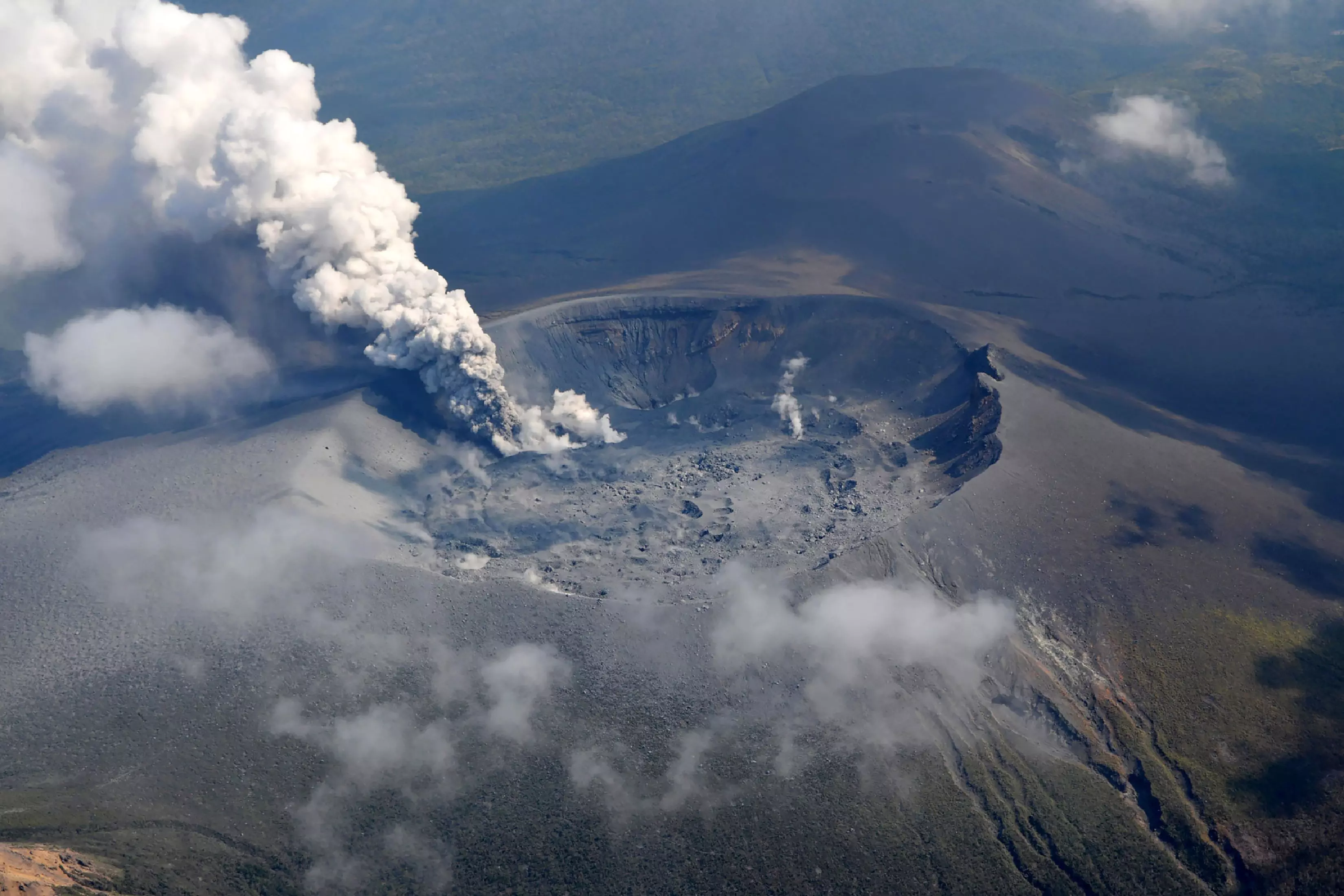Launching rockets from the ground is one thing, but deciding on a route to follow around Earth is a different story. Earth has a set of specific orbits, and space missions travel around the planet on an orbital road of their choice. But not all orbits are created equal—some are less traveled than others.
SpaceX’s upcoming private mission will venture out to a polar orbit around Earth. Fram2, named in honor of the original ship that reached both Earth’s Arctic and Antarctic regions, is set for launch no earlier than Monday, March 31 at 11:20 p.m. ET. The mission will send four amateur astronauts over the planet’s polar regions at an altitude of around 265 to 280 miles (425 to 450 kilometers) above the ground, and the crew will become the first to orbit over Earth’s poles.
The mission’s trajectory will offer the Fram2 crew a rare glimpse of Earth’s polar regions—a view seldom seen by humans from space—but it does come with its challenges. So, why exactly has it taken spaceflight so long to send a crew to polar orbit?
“The simple answer is energetics,” Jeffrey Hughes, a space physics professor at Boston University, told Gizmodo. “It takes a lot more energy to put something in polar orbit compared to equatorial orbit.”
The Earth spins on its axis, rotating from west to east with a speed of approximately 1,000 miles per hour (1,600 kilometers per hour) at the equator. “This ground speed decreases as one moves away from the equator to the north or south,” Mike Gruntman, professor of astronautics at the University of Southern California, told Gizmodo. “The ground speed of the rocket launch location thus contributes to the final velocity of a space vehicle when launched in the eastern direction and thus less propellant is needed and the launch rocket is smaller.”
In equatorial orbit, the motion of the Earth’s spin helps you along. Therefore, satellites are generally hurled into space eastward to take advantage of Earth’s rotation. “In short, a launch into a polar orbit does not benefit from the Earth rotation,” Gruntman added.

Polar orbit is generally used for weather satellites, which help monitor the effects of climate change on the Arctic regions. Another advantage to satellites flying in polar orbit is that they can cover the entire planet, without leaving any blindspots that satellites in equatorial or geosynchronous orbits tend to miss, according to the European Space Agency. They travel around the Earth from one pole to another rather than from east to west, watching the planet as it rotates below. Being able to offer entire coverage of Earth also gives polar orbit satellites a communication advantage, making them ideal for military uses.
When it comes to flying humans in polar orbit, however, things get a little more tricky. “The radiation environment in polar orbits is harsher than in low-inclination orbits (like the one used by the International Space Station),” Gruntman said. That’s because Earth’s geomagnetic field allows trapped energetic electrons and ions from the Van Allen belts, two doughnut-shaped regions of charged particles trapped in Earth’s magnetic field, to leak to orbital altitudes in the polar regions, according to Gruntman. That same effect is what causes auroras in polar regions.
“For a relatively short-duration flight as the planned Fram2 mission, this is not a big issue,” Gruntman added. When planning longer trips to space, however, that radiation could have adverse effects on the health of the astronauts involved.
The four astronauts are set to spend three to five days on board SpaceX’s Dragon crew spacecraft, gazing down from a polar orbit at an inclination of about 60 to 90 degrees to the equator. From their unique vantage point, the crew will study the aurora-like phenomenon known as STEVE (Strong Thermal Emission Velocity Enhancement), known for its hazy purple and green streaks across the sky.
This will be the astronauts’ first time in space, and they are venturing where no other crew has gone before.























































